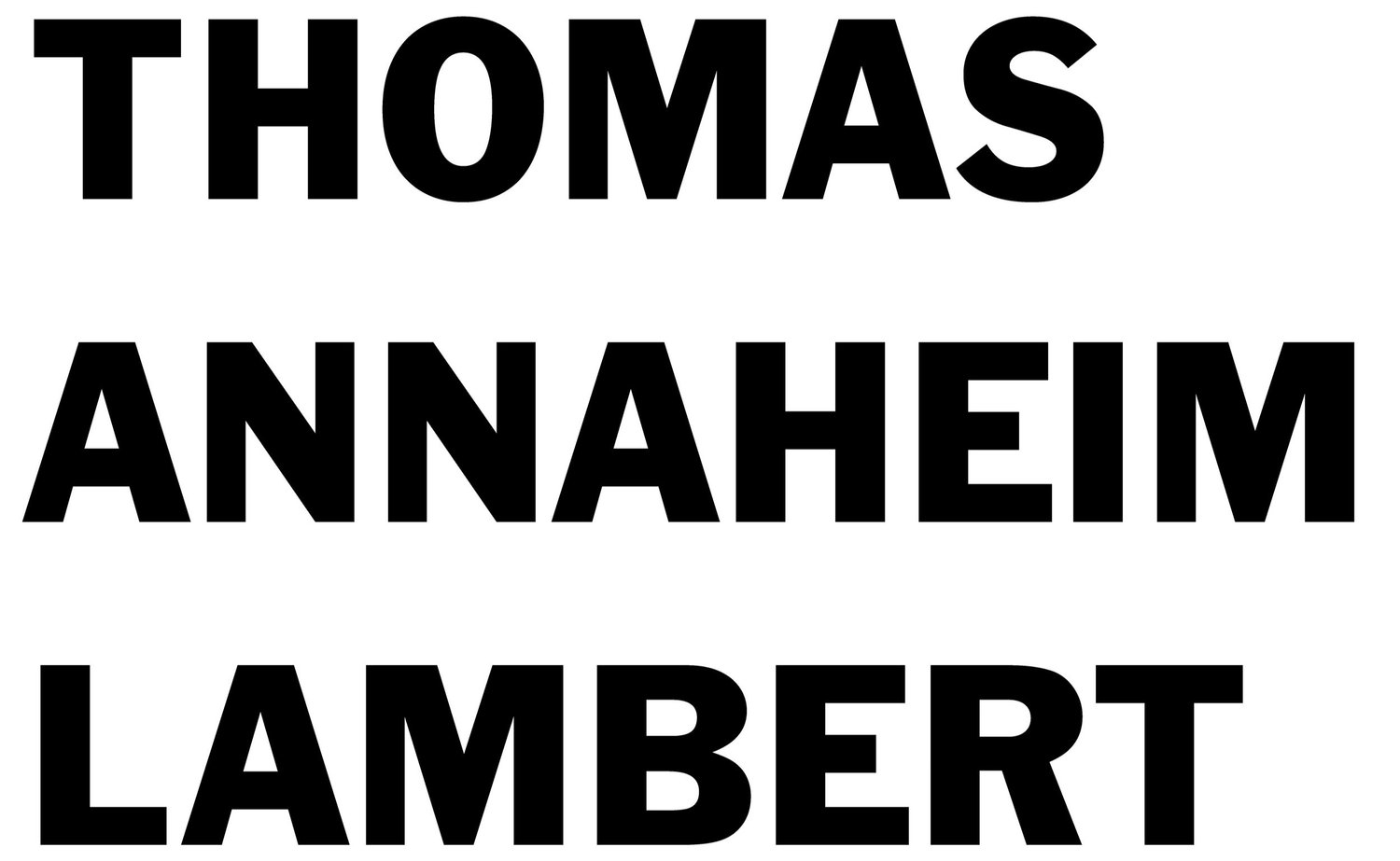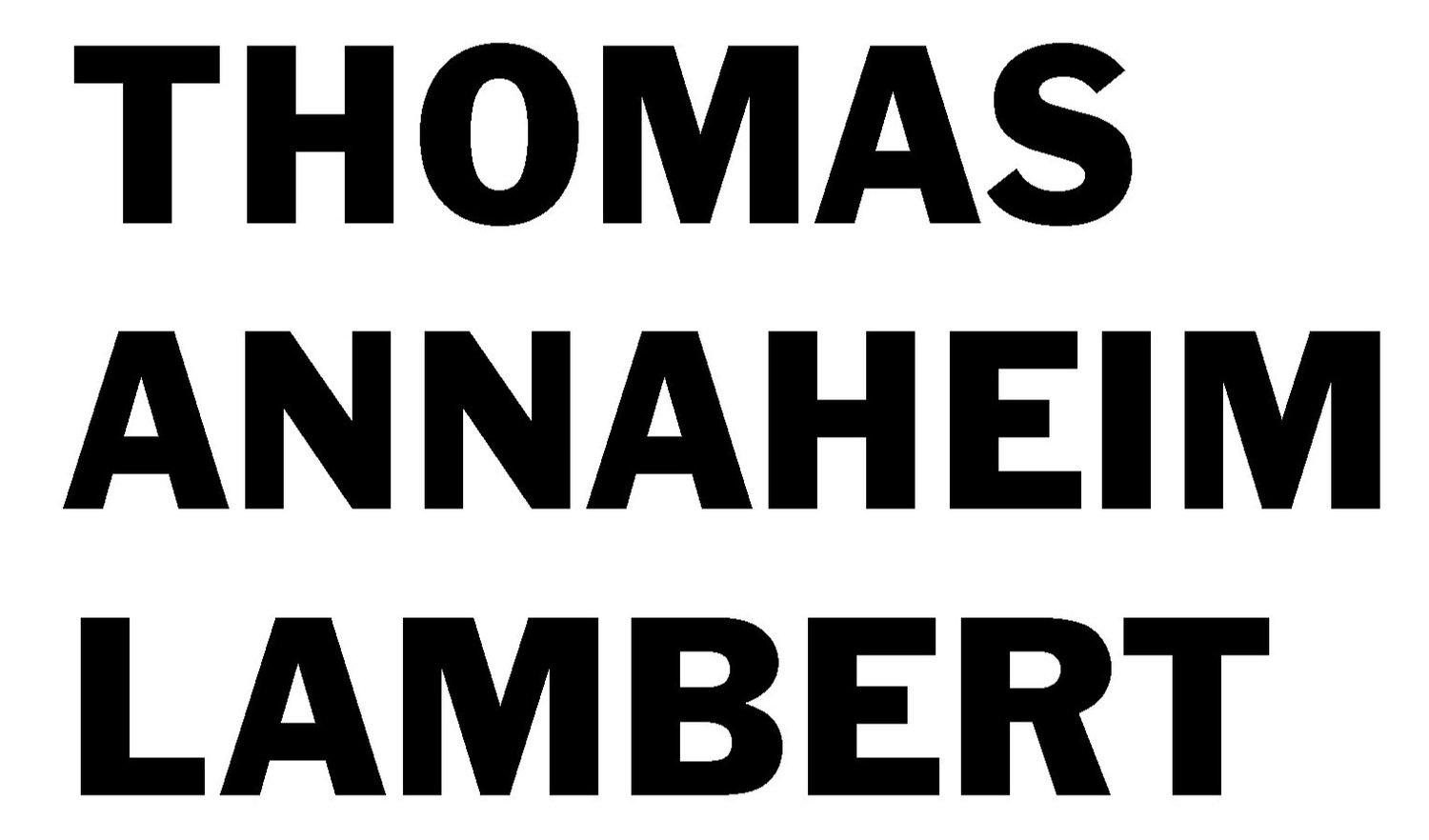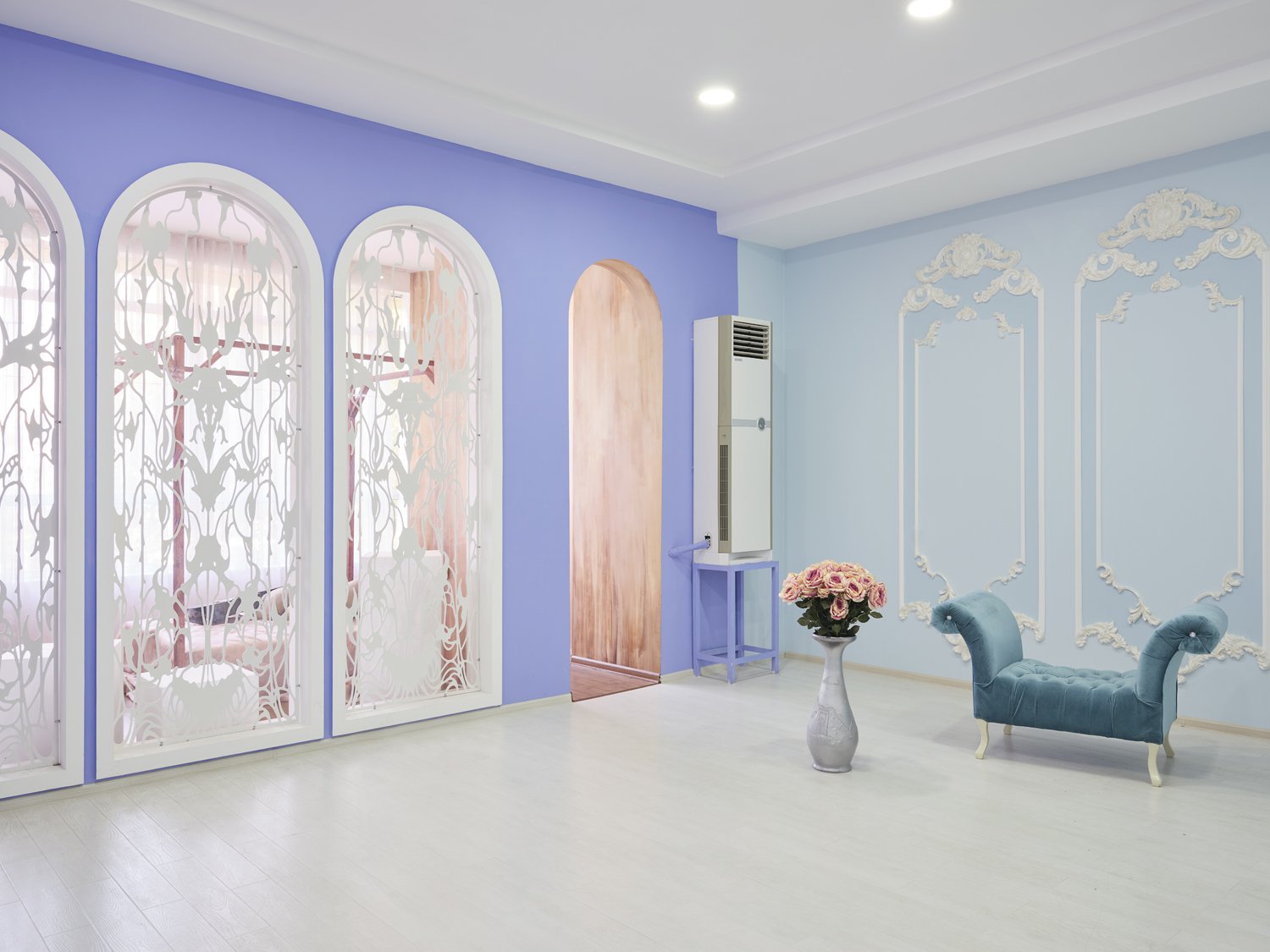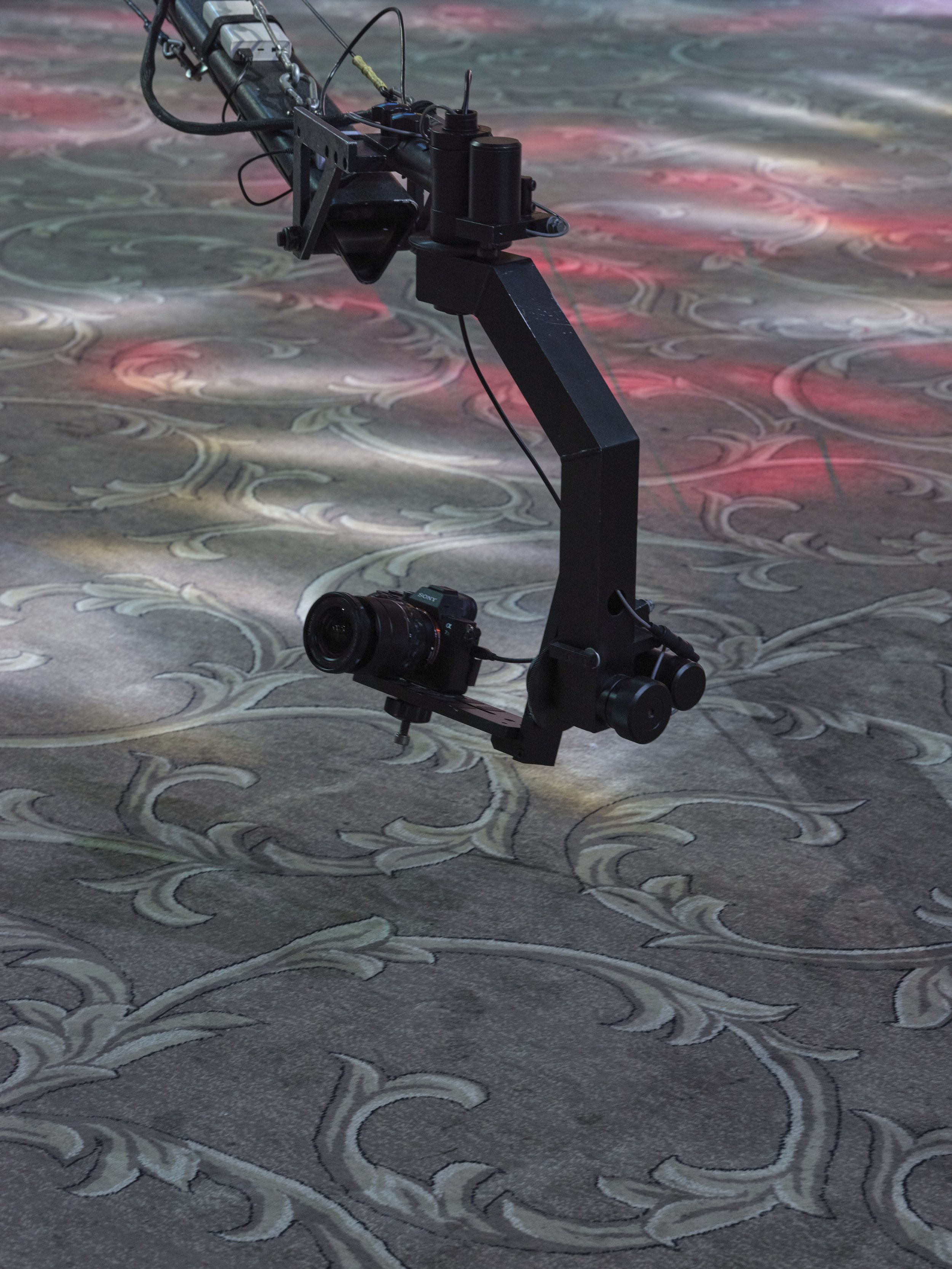Empire of digital community
2018 - 2021
Theory research project
Ce projet a été soutenu par ProHelvetia en 2019 et le canton de Vaud en 2021 ( bourse de recherche ) et a donné lieu à la rédaction d'un mémoire théorique suivi par Geneviève Loup au sein de la HEAD et s'intitule Théâtralités documentaires ( 2023 ). Le texte qui suit est une introduction à ce travail.
En 2014, j'ai effectué un voyage de plusieurs mois en Asie centrale. Lors de ce séjour, j'ai rencontré Faryoz Dadakhujayev, un jeune homme qui était alors garçon de café, que j'ai rencontré sur une terrasse et avec qui j'ai gardé le contact au fil des années. En novembre 2017, au détour d'une conversation, il m'explique qu'il gagne sa vie en construisant des décorations pour des cérémonies de mariage. Il m'envoie quelques photographies. Déconcerté par la mise en scène visible sur ces images, je décide de partir à l'automne 2018 pour déterminer s'il y a matière à entreprendre une série de photographies. Je suis alors confrontée à une théâtralité à laquelle je n'étais pas préparé : les salles de mariage sont de véritables décors à taille réelle. L'architecture et l'ornementation mêlent de multiples influences difficiles à cerner : ouzbek, russe, européenne, .... Je suis face à de véritables décorums, impressionné et probablement désorienté par ce que je découvre.
Accompagnée de Faryoz, devenu entre-temps mon assistant et traducteur, je retourne sur place à l'automne 2019 et à l'été 2021, afin de mieux définir mon champ d'investigation. Je réalise que j'oscille entre différentes positions et que mon propos peine à se préciser. Je réalise alors que, plus qu'une intention de documenter les mariages, c'est le rapport à la mise en scène, ici exacerbé, qui me travaille. Je me rends compte que le sujet des images n’est qu'un prétexte pour interroger les fonctions de l'apparat et la construction de l'image. Même si je tiens à développer une approche documentaire que j'imaginais neutre, la mise en scène et la fiction inhérentes aux situations réelles participent à la construction de l'image. Je n'étais plus sûr de ma position de photographe : étais-je en train de documenter des événements, ou bien ajoutais-je une couche supplémentaire de déréalisation aux scènes que je décrivais ? Dès lors, je ne pouvais plus ignorer le statut de l'image documentaire et la forme de la théâtralité.
This project was supported by ProHelvetia in 2019 and the canton of Vaud ( research grant ) in 2021 and gave rise to the writing of a theoretical dissertation followed by Geneviève Loup within the HEAD and is entitled Théâtralités documentaires ( 2023 ). The following text is an introduction to this work.
In 2014, I travelled to Central Asia for several months. During this stay, I met Faryoz Dadakhujayev, a young man who was a waiter at the time, whom I met on a terrace and with whom I’ve kept in touch over the years. In November 2017, in the course of a conversation, he explains to me that he earns his living by building decorations for wedding ceremonies. He sends me a few photographs. Bewildered by the staging visible in his images, I decide to set off in autumn 2018 to determine whether there is any material to undertake a series of photographs. I was then confronted with a theatricality for which I was not prepared : the wedding halls are veritable life-size sets. The architecture and ornamentation blend multiple influences that are hard to pin down : Russian, European, Uzbek... I’m faced with veritable decorums, impressed and probably disoriented by what I discover.
Accompanied by Faryoz, who in the meantime has become my assistant and translator, I return to the site in autumn 2019 and summer 2021, in order to better define my field of investigation. I realize that I’m oscillating between different positions and that my purpose is struggling to become clearer. I then realize that, more than an intention to document weddings, it’s the relationship to staging, here exacerbated, that’s at work for me. I realized that the subject of images was merely a pretext for questioning the functions of pageantry and the construction of the image. Although I was keen to develop a documentary approach that I imagined to be neutral, the staging and fiction inherent in real-life situations play a part in the construction of the image. I was no longer sure of my position as a photographer: was I documenting events, or just adding another layer of derealization to the scenes I was depicting? From that moment on, I could no longer ignore the status of the documentary image and the form of theatricality.

























